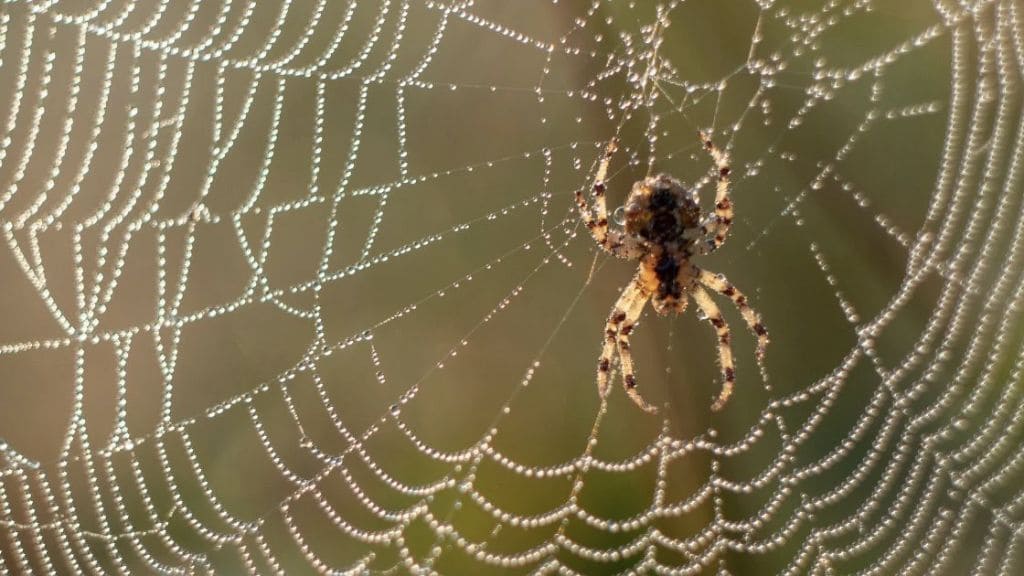Curiosity about the intricate web of life often leads to contemplation of what would happen if spiders vanished from our ecosystems. These eight-legged arachnids, often feared yet essential, play critical roles in maintaining ecological balance. Beyond their reputation for spinning silk and inciting arachnophobia, spiders serve as natural pest controllers, keeping insect populations in check. Their disappearance could have far-reaching consequences, impacting everything from agriculture and food security to biodiversity and ecological stability.
Imagine a world where the silent work of spiders, from the orb-weavers in your backyard to the venomous hunters in remote rainforests, suddenly ceased. This hypothetical scenario prompts reflection on the intricate connections between species and ecosystems. Spider diversity spans thousands of species, each adapted uniquely to its ecological niche, demonstrating their evolutionary resilience and importance in the web of life.
Exploring the repercussions of a spider-free world unveils the complexities of our natural environments. It invites us to reconsider our perceptions and fears, highlighting the interdependence of species and the delicate balance required for sustainable coexistence.
The Ecological Impact: Unraveling the Web of Life
Spiders are ecological linchpins, playing multifaceted roles that sustain ecosystems worldwide. At the core of their significance lies their voracious appetite for insects. A single spider can consume thousands of insects annually, making them pivotal in regulating insect populations. This predatory behavior not only controls pests that threaten crops but also maintains the delicate balance within ecological communities. Without spiders, unchecked insect populations could lead to ecological imbalances, potentially causing cascading effects throughout the food web.
Beyond their role as predators, spiders are integral to nutrient cycling and energy flow in ecosystems. Through their predation and subsequent decomposition, they contribute nutrients back into the soil, enriching it and supporting plant growth. This process is vital for maintaining healthy terrestrial ecosystems, from forests to grasslands, where spiders contribute to the overall health and productivity of the landscape.
Moreover, spiders serve as indicators of ecosystem health. Their presence and abundance reflect the ecological integrity of habitats. Changes in spider populations can signal broader environmental disturbances, such as habitat fragmentation, pollution, or climate change impacts. As such, monitoring spider populations provides valuable insights into the state of biodiversity and ecosystem stability.
Spider webs, intricate marvels of natural engineering, also contribute to ecological dynamics. These silk structures not only serve as traps for prey but also play roles in communication, mating rituals, and shelter. The diversity in web designs across spider species reflects adaptations to specific environmental conditions and prey types, highlighting their evolutionary significance in ecological niches.
In aquatic ecosystems, spiders play similar roles as terrestrial counterparts, albeit adapted to underwater environments. Water spiders, for example, construct air-filled webs that they use for breathing and as nurseries for their young. These adaptations illustrate the versatility of spiders in adapting to diverse habitats and contributing to the ecological balance in aquatic ecosystems.
The Agricultural Conundrum: Without Spiders, Without Food
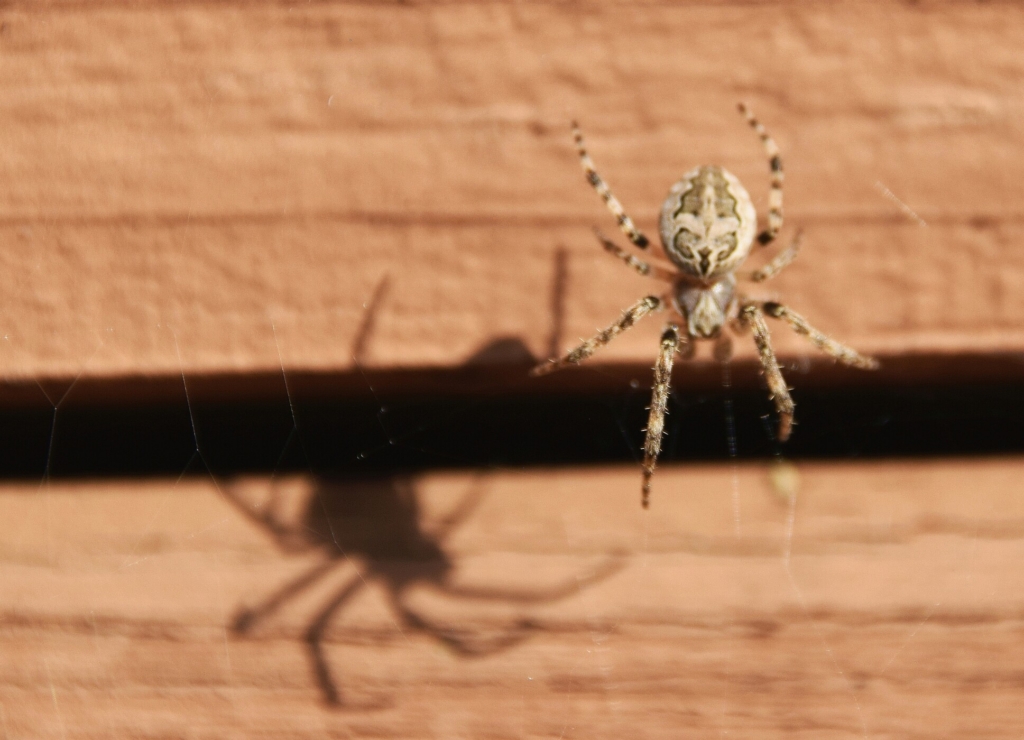
Spiders are unsung heroes in agriculture, playing a vital role in natural pest control. By preying on insects, spiders help regulate pest populations that threaten crops. This natural pest management reduces the need for chemical pesticides, which can have harmful effects on human health, wildlife, and the environment. In essence, spiders act as biological control agents, offering a sustainable and eco-friendly solution to crop protection.
The economic implications of spiders in agriculture are substantial. Without their predatory influence, insect pests would proliferate unchecked, leading to crop damage and yield losses. Farmers would face increased production costs as they grapple with higher pesticide applications and reduced crop yields. Moreover, the reliance on chemical pesticides could exacerbate environmental degradation, including soil and water contamination, further compromising long-term agricultural sustainability.
Spiders’ effectiveness as natural pest controllers spans a wide range of agricultural settings, from small-scale farms to large agribusiness operations. Their presence ensures crop health and productivity, contributing to food security and global food supply chains. In regions where agriculture is a cornerstone of livelihoods, the loss of spiders could have profound socio-economic consequences, affecting food availability, farmer incomes, and rural communities’ resilience.
Beyond their direct impact on pest populations, spiders indirectly benefit agricultural ecosystems in myriad ways. By maintaining ecological balance, spiders support pollinators, soil health, and biodiversity, all of which are essential for sustainable agriculture. Their role in nutrient cycling and soil fertility further underscores their contribution to maintaining productive agricultural landscapes.
In a world increasingly challenged by climate change and environmental degradation, preserving natural pest control mechanisms like spiders becomes ever more critical. Their resilience and adaptability make them valuable allies in sustainable agricultural practices, offering resilience against pests amidst changing climatic conditions and agricultural landscapes.
The Human Perspective: Fear and Fascination
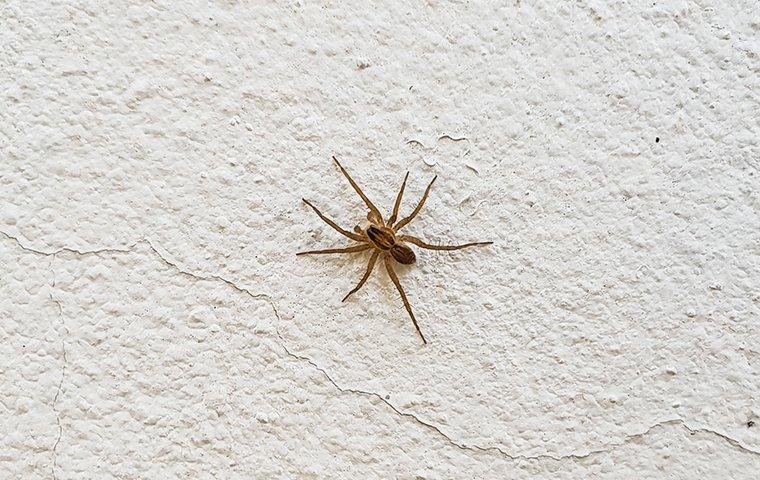
Spiders evoke a spectrum of emotions in humans, ranging from deep-seated fear to awe-inspiring fascination. Arachnophobia, the fear of spiders, is one of the most common phobias worldwide, affecting millions of people regardless of age or cultural background. This fear is often rooted in evolutionary survival instincts, where humans have learned to identify and avoid potential threats like venomous spiders.
Despite widespread fear, spiders also captivate human imagination and curiosity. Their unique adaptations, from silk-spinning abilities to complex behaviors, have inspired myths, folklore, and scientific inquiry throughout history. Studying spiders offers insights into evolutionary biology, ecology, and even material science, given the remarkable properties of spider silk.
Education plays a pivotal role in reshaping perceptions of spiders. By understanding their ecological roles and beneficial contributions, individuals can develop a greater appreciation for these arachnids. Exposure to factual information about spiders can help dispel misconceptions and irrational fears, fostering a more balanced perspective grounded in scientific understanding.
Fascination with spiders extends beyond their physical characteristics to their behavioral complexities. From intricate web-building behaviors to predatory strategies, spiders exhibit remarkable adaptations that highlight their evolutionary success. Their diversity in size, shape, and habitat preferences further underscores the breadth of spider adaptations across different ecosystems worldwide.
Conservation efforts aimed at protecting spiders often emphasize their ecological significance and the interconnectedness of species within ecosystems. By highlighting spiders’ roles as natural pest controllers and contributors to biodiversity, conservationists seek to garner support for habitat preservation and sustainable environmental practices that benefit both humans and wildlife.
Conservation Challenges: Protecting Our Eight-Legged Allies

Spiders face numerous conservation challenges stemming from habitat loss, overcollection, climate change, and the broader impacts of human activities on natural ecosystems. Addressing these challenges is crucial to preserving their ecological roles and maintaining biodiversity worldwide.
Habitat Loss and Fragmentation: Urbanization, agricultural expansion, and deforestation are primary drivers of habitat loss for spiders. As natural habitats are converted or fragmented, spider populations are increasingly isolated and vulnerable to extinction. Conservation efforts focus on identifying and protecting key habitats that support diverse spider communities, promoting habitat connectivity through corridors and protected areas.
Overcollection and Trade: Spiders are often sought after for the pet trade, scientific research, or collection purposes. Unsustainable harvesting practices can deplete local spider populations, particularly for rare or endemic species. Implementing regulations and monitoring programs to limit collection and promote responsible pet ownership are essential for safeguarding vulnerable spider species from exploitation.
Climate Change Impacts: Shifts in climate patterns, including temperature changes and extreme weather events, pose significant threats to spider populations. Species adapted to specific environmental conditions may struggle to survive in altered habitats, leading to range contractions or local extinctions. Conservation strategies integrate climate resilience planning, such as habitat restoration and assisted migration, to help spiders adapt to changing environmental conditions.
Public Perception and Education: Overcoming fear and misconceptions about spiders is crucial for garnering public support for conservation efforts. Education campaigns raise awareness about spiders’ ecological roles, their benefits to ecosystems, and the importance of conserving biodiversity. Engaging communities in citizen science projects and nature-based activities fosters appreciation for spiders and promotes active participation in conservation initiatives.
Research and Monitoring: Continued research into spider biology, behavior, and ecology provides essential data for conservation planning and management. Monitoring spider populations, particularly in threatened habitats, helps assess population trends, identify conservation priorities, and measure the effectiveness of conservation actions over time.
Scientific Insights: Unlocking Spider Mysteries
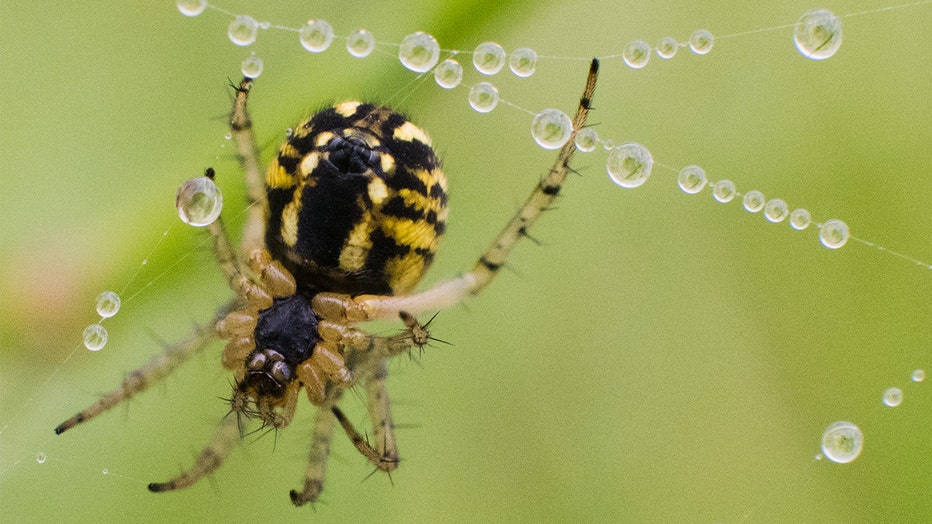
Spider Silk: Nature’s Engineering Marvel
One of the most remarkable aspects of spiders is their ability to produce silk, a material renowned for its strength, elasticity, and lightweight nature. Spider silk is stronger than steel of the same diameter and more elastic than nylon, making it a subject of intense scientific interest. Researchers are studying the molecular structure of spider silk proteins to replicate its properties for applications in biotechnology, medicine, and industry. Insights into silk production mechanisms could lead to the development of new biomaterials, wound dressings, and even lightweight protective fabrics.
Behavioral Ecology and Predatory Strategies
Spiders exhibit a wide range of behaviors and hunting strategies adapted to their environments and prey types. From web-spinning orb-weavers to stealthy ambush predators like wolf spiders, each species has evolved specialized techniques for capturing prey efficiently. Behavioral studies provide insights into spider foraging behaviors, mating rituals, parental care, and territoriality, offering valuable data for understanding ecosystem dynamics and species interactions.
Venomous Adaptations and Medical Potential
Many spiders possess venomous glands used to immobilize prey and defend against predators. The study of spider venom composition and function has led to discoveries with significant medical implications. Components of spider venom have shown promise in developing novel therapies for pain management, neurology, and even cancer treatment. Understanding venomous adaptations helps researchers unlock the therapeutic potential of spider toxins while ensuring sustainable practices for venom extraction and research.
Ecological Interactions and Food Webs
Spiders play integral roles in terrestrial and aquatic food webs, regulating insect populations and influencing community dynamics. Studying spider ecology provides insights into their ecological niches, trophic interactions, and responses to environmental changes. Research on spider biodiversity helps assess ecosystem health, biodiversity conservation priorities, and the impacts of human activities on natural habitats. Integrating spider ecology into ecosystem management strategies enhances conservation efforts and promotes sustainable resource use.
Evolutionary History and Adaptation
Spiders have a rich evolutionary history spanning millions of years, diversifying into over 48,000 known species worldwide. Their adaptations to diverse habitats, climates, and ecological niches highlight their evolutionary success. Phylogenetic studies elucidate spider evolutionary relationships, dispersal patterns, and adaptation mechanisms, contributing to our understanding of biodiversity origins and evolutionary processes.
The Future of Coexistence: Balancing Fear and Conservation
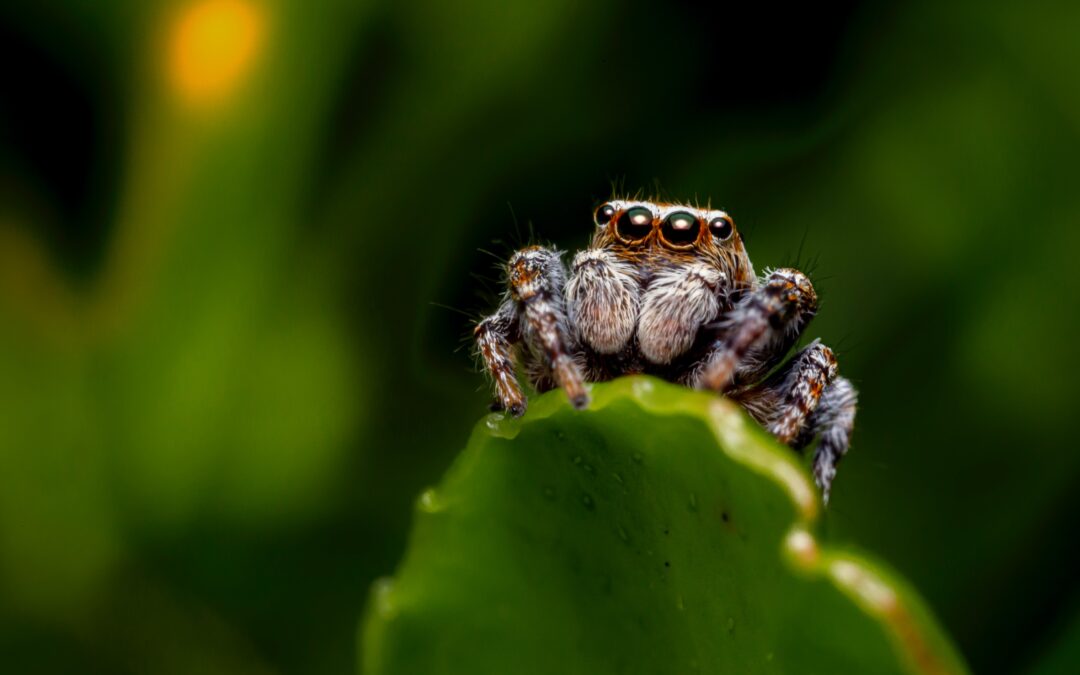
Achieving a harmonious coexistence with spiders requires addressing both human perceptions and conservation imperatives. Balancing fear and conservation efforts is essential for fostering appreciation, understanding, and sustainable management of spider populations worldwide.
Educational Outreach and Public Perception
Education plays a pivotal role in reshaping public perceptions of spiders. Many people harbor arachnophobia, a fear often rooted in cultural narratives, misinformation, or personal experiences. By promoting accurate information about spiders’ ecological roles, behaviors, and benefits, educational campaigns can help dispel misconceptions and alleviate fear. Engaging communities through nature-based activities, citizen science projects, and interactive learning experiences fosters empathy and appreciation for spiders, promoting conservation-minded attitudes and behaviors.
Conservation Strategies and Habitat Protection
Conservation efforts aimed at protecting spider populations focus on preserving their habitats and addressing threats such as habitat loss, climate change, and overcollection. Establishing protected areas, wildlife corridors, and sustainable land-use practices supports biodiversity conservation and ecosystem resilience. Integrating spider conservation into broader biodiversity initiatives enhances habitat connectivity and promotes species persistence in the face of environmental challenges. Collaborative partnerships among governments, conservation organizations, and local communities are essential for implementing effective conservation strategies and safeguarding spider diversity for future generations.
Ethical Considerations in Research and Collection
Research on spiders, including taxonomy, behavior, and ecological interactions, contributes valuable insights to conservation and scientific knowledge. However, ethical considerations regarding spider collection and research practices are paramount. Implementing guidelines for responsible fieldwork, specimen collection, and genetic sampling ensures sustainable practices and minimizes impacts on spider populations. Prioritizing non-invasive research methods, such as behavioral observations and genetic analysis, respects spiders’ welfare and supports long-term conservation goals.
Community Engagement and Empowerment
Engaging local communities in spider conservation initiatives empowers individuals to become stewards of their natural environments. Collaborative conservation programs, educational workshops, and participatory research projects foster local knowledge sharing, cultural appreciation, and sustainable livelihood practices. Empowering communities to actively participate in spider conservation enhances social cohesion, promotes environmental stewardship, and strengthens conservation outcomes across diverse landscapes.
Technological Innovations and Conservation Tools
Advancements in technology, including remote sensing, genetic analysis, and ecological modeling, offer powerful tools for spider conservation and management. Monitoring spider populations, assessing habitat connectivity, and predicting species responses to environmental changes enable informed decision-making and adaptive management strategies. Integrating technological innovations with traditional ecological knowledge enhances conservation effectiveness, supporting evidence-based conservation planning and sustainable resource management practices.
FAQs

Conclusion: Embracing Our Eight-Legged Allies
Spiders, despite their fearsome reputation, are indispensable ecological partners. Their disappearance would reverberate across ecosystems, affecting agriculture, biodiversity, and human well-being. Embracing their role and addressing conservation challenges are crucial for safeguarding our planet’s delicate balance.

